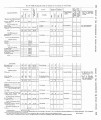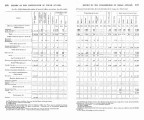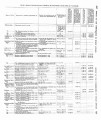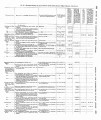| OCR Text |
Show eiving nothing from tlre Govern~r~eot,except ys, or anuuities grautetl them in oonsi~lera-f the cession of their lands to the United States, number about 0; those who are eutirely subsisted by the Governme.nt, a.l~ont ; those in part subsisted, 84,000-together abont 115,000; those I ?.I roots, ~ ~ u tbse,rr ies, &c., or (Sovernment. ( e ) Again, it may be said that of the 300,000 Indians of the huntry about 180,000 have treaties with the Government; 40,000 havt no tveaties yith the United States, but have reservations set apart by hx-e,: otive order or otherwise fur their occupancy, and are in charge of agents appointell by the Government; 25,000 kave noreservatlons, but a re more or less under the control of agents appointed for them, and n:ceioe more or less assistance from the Govenlment, t,he re~naiuder c,>nsisting of the same 55,000 already twice described, over whom the Gover~~~nexnetr cises,,practically, no control, and for whom there are nu treaty or other prov~sions. (f) As to civili~ation, they may, though with no great d a?surance be divided, accorcling to a standard taken mith re r ?ference to what might fairly be expected of a race mith suc d 2nts and traditions, .as follows : Civilized, 97,000 ; sem 1:!5,000; wholly barbarous, 78,000. 3CINNESOTA, AND EAST OF THE MISSISSIPPI RIVER. , ( New Yo?&.-The Indians of New Pork, remna,nts of the once 4ower-f1~ 1 "Six Nations," number five thousand a11r1 seventy. They oOcupy connect with the Atlantic and Pacific at or near the suutheiastern bouudr~ry of Cali-fornia. |



































































































